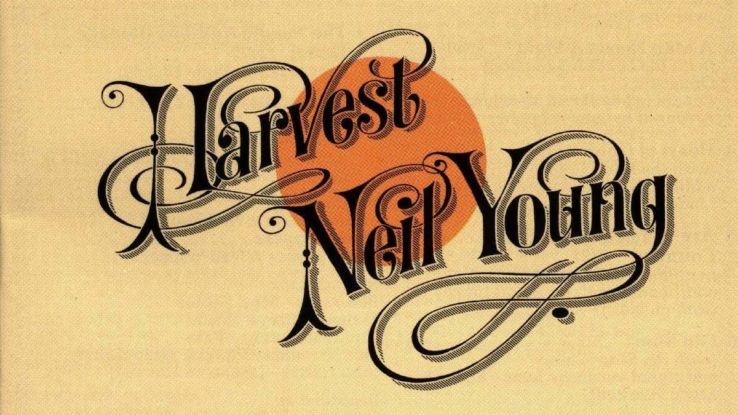Music

Looking Back
Neil Young’s Harvest at 50
In a career filled with defining moments, Neil Young's fourth solo album remains his crowning glory
Some albums are almost impossible to consider out of context. Their significance makes reviewing them as a collection of songs akin to evaluating Elvis solely on his guitar playing or the Sagrada Familia on the temperature of the holy water.
Harvest is one such album. Like so many other records, it’s made up of 10 songs featuring guitar, vocals, bass, drums and a few other instruments. Unlike most others, it’s spent 50 years shaping and inspiring legions of songwriters. Without it, it’s unlikely we’d have had Elliott Smith, the entire MTV Unplugged series and most of the alt-country scene.
Young came into Harvest on the mother of all hot streaks. Not only had he delivered the resounding one-two of Everybody Knows This Is Nowhere and After The Gold Rush, he’d also re-joined his old Buffalo Springfield pal Stephen Stills for Crosby, Stills, Nash & Young’s seminal Déjà Vu.
As an eternal outsider, it’s easy to imagine the hype and success sitting uneasily with Young. Indeed, he’d give his next three albums the nickname “The Ditch Trilogy” for how he’d used them to veer from the middle of the road right back out into the verges again. While Harvest doesn’t fit into Young’s famed contrariness (a tendency that got him sued by his label years later), neither is it a glorious swing for the fences. Instead, it’s a curious collection of contradictions that combine into something truly magnificent.
It’s hard to think of another record that looks exactly like it sounds. That sepia-toned, pre-faded cover art is a perfect recreation of Harvest’s sound: classic, tasteful and rough around the edges. It’s the pictorial equivalent of taking some of Nashville’s best session players (christened The Stray Gators) and holing them up in your barn. Young even wanted the sleeve to be biodegradable. You almost expect to take out the record and find it’s a cross section of a 12”-wide oak tree.
That barn is such a presence throughout Harvest’s best moments that they almost sound like oak. The warmth of ‘Heart Of Gold’, ‘Out On The Weekend’ and the title track evokes deep, weathered timber, dust floating in rays of sunshine and straw strewn across floorboards. It’s hard to imagine anything this rustic coming out of a sterile studio environment.
The exceptions are ‘A Man Needs A Maid’ and ‘There’s A World’, which have an orchestral bombast that feels dropped in from outer space. Both have proved divisive, more in keeping with the sweep of After The Gold Rush than the homespun Harvest.
On the other end of the spectrum is ‘The Needle And The Damage Done’, a moving lament about the effects of heroin on some of Young’s closest friends. Instead of the barn, Young recorded the song live in concert the previous January, the stark instrumentation accentuating the song’s desperate frustration.
The three songs above jolt the listener out of the warm reverie created by the rest of the record, which might have been Young’s intention all along. It’s like outside worlds invading the barn, puncturing that amber glow.
Of all Harvest’s best songs, there’s no doubt that ‘Heart Of Gold’ is by far the most enduring. If ‘The Needle And The Damage Done’ begat Elliott Smith’s stark, wounded poetry, then ‘Heart Of Gold’ begat a flotilla of hushed country rock. It also gave Young his one and only No.1 single in the US, which would seem a ludicrous paucity were it not for the fact that both Springsteen and Dylan have never mustered a single one between them.
It’s such a simple song, four chords employed so carefully that a sudden C major feels like the sun through the clouds. A yearning love song that usurps nearly every other yearning love song. CBC Radio voted it the third best Canadian song. ‘If I Had A Million Dollars’ by Barenaked Ladies was first. Let’s just leave that there.
It’s easy in hindsight to see Harvest as the pivot point in Young’s career, a culmination of all that had already passed and a turning point where he clearly decided against doing anything so overtly accessible again.
Graham Nash has described the first time he heard it, sitting in a boat on the lake at Young’s house, listening to it float across the water from speakers mounted at the house and the barn. That’s how Harvest feels, like something emanating from nature that just needed to exist. Few albums have that kind of power.
Harvest (50th Anniversary Edition) is out now










